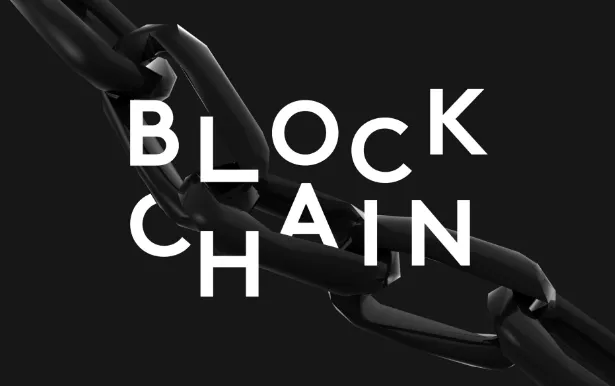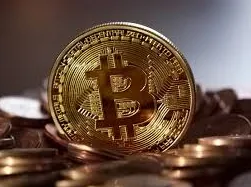
A blockchain, originally block chain, is a continuously growing list of records, called blocks,
which are linked and secured using cryptography.Each block typically contains a hash pointer as a link to a previous block, a timestamp and transactions data.By design, a blcokchain is inherently resistant to modification of the data. It is "an open, distributed ledger that can record transactions between two parties efficiently and in a verifiable and pemanent way". For use as a distributed ledger, a blockchain is typically managed by a peer-to-peer network collectively adhering to a protocol for validating new blocks. Once recorded, the data in any given block cannot be altered retroactively without the alteration of all subsequent blocks, which requires collusion of the network majority.
Blockchains are secure by design and are an example of a distributed computing system with high Byzantine fault tolerance. Decentralized consensus has therefore been achieved with a blockchain. This makes blockchains potentially suitable for the recording of events, medical records, and other records management activities, such as identity management, transaction processing, documenting provenance, food traceability or voting.
The first blockchain was conceptualized in 2008 by a person or group known as Satoshi Nakamoto and implemented in 2009 as a core component of bitcoin where it serves as the public ledger for all transactions. The invention of the blockchain for bitcoin made it the first digital currency to solve the double spending problem without the need of a trusted authority or central server. The bitcoin design has been the inspiration for other applications.

History
The first work on a cryptographically secured chain of blocks was described in 1991 by Stuart Haber and W. Scott Stornetta. In 1992, Bayer, Haber and Stornetta incorporated Merkle trees to the design, which improved its efficiency by allowing several documents to be collected into one block.
The first blockchain was conceptualised by a person or group known as Satoshi Nakamoto in 2008. It was implemented the following year as a core component of the digital currency bitcoin, where it serves as the public ledger for all transactions on the network. By using a blockchain, bitcoin became the first digital currency to solve the double spending problem without requiring a trusted administrator and has been the inspiration for many additional applications.
In August 2014, the bitcoin blockchain file size, containing records of all transactions that have occurred on the network, reached 20GB (gigabytes). In January 2015, the size had grown to almost 30GB, and from January 2016 to January 2017, the bitcoin blockchain grew from 50GB to 100GB in size. The words block and chain were used separately in Satoshi Nakamoto's original paper, but were eventually popularized as a single word, blockchain, by 2016.
The term blockchain 2.0 refers to new applications of the distributed blockchain database, first emerging in 2014.The Economist described one implementation of this second-generation programmable blockchain as coming with "a programming language that allows users to write more sophisticated smart contracts, thus creating invoices that pay themselves when a shipment arrives or share certificates which automatically send their owners dividends if profits reach a certain level". Blockchain 2.0 technologies go beyond transactions and enable "exchange of value without powerful intermediaries acting as arbiters of money and information". They are expected to enable excluded people to enter the global economy, protect the privacy of participants, allow people to "monetize their own information", and provide the capability to ensure creators are compensated for their intellectual property. Second-generation blockchain technology makes it possible to store an individual's "persistent digital ID and persona" and are providing an avenue to help solve the problem of social inequality by "potentially changing the way wealth is distributed". As of 2016, blockchain 2.0 implementations continue to require an off-chain oracle to access any "external data or events based on time or market conditions [that need] to interact with the blockchain".
In 2016, the central securities depository of the Russian Federation (NSD) announced a pilot project, based on the Nxt blockchain 2.0 platform, that would explore the use of blockchain-based automated voting systems. IBM opened a blockchain innovation research center in Singapore in July 2016. A working group for the World Economic Forum met in November 2016 to discuss the development of governance models related to blockchain. According to Accenture, an application of the diffusion of innovations theory suggests that blockchains attained a 13.5% adoption rate within financial services in 2016, therefore reaching the early adopters phase. Industry trade groups joined to create the Global Blockchain Forum in 2016, an initiative of the Chamber of Digital Commerce.
ourselves